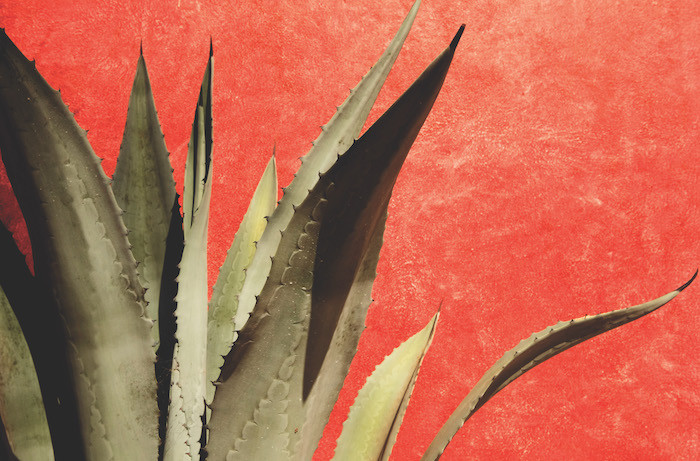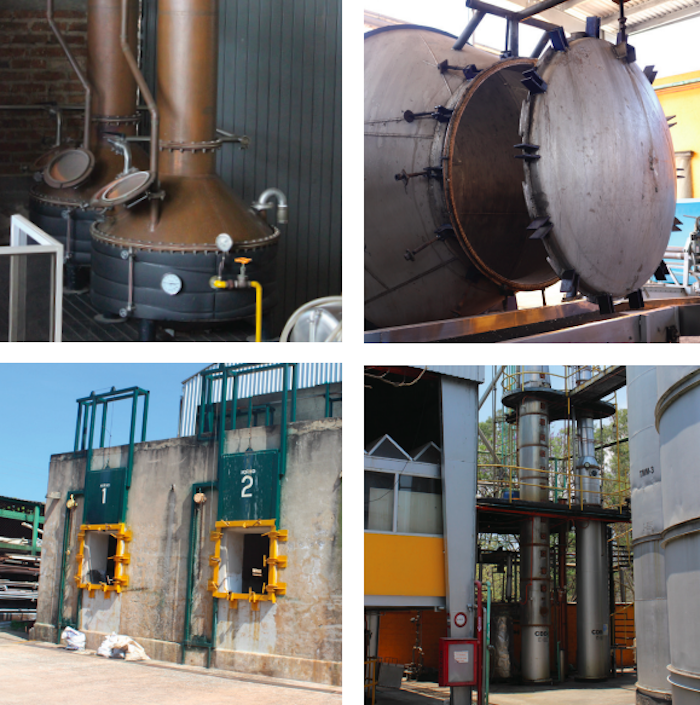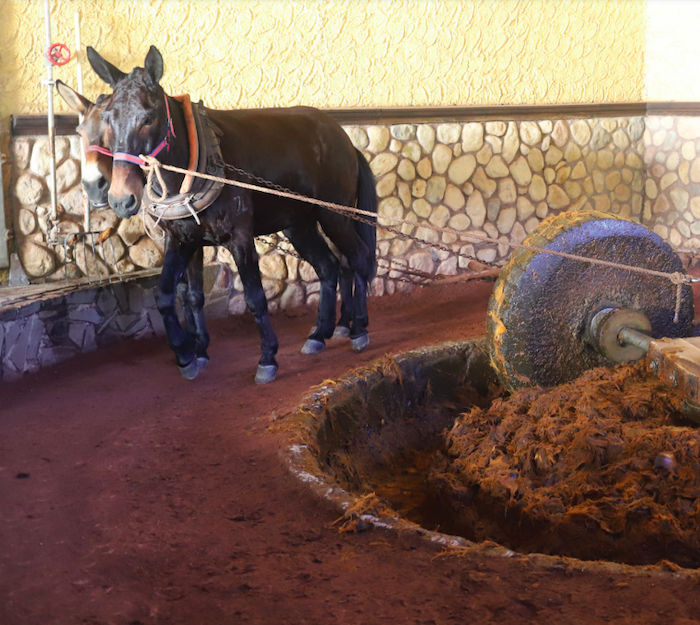
100% agave is no longer an accurate signifier of quality, says Adam Fodor, author of The Tequila Connoisseur and founder of The International Tequila Academy.
More and more consumers are actively looking for a 100% agave tequila, believing it to be the hallmark of quality. In many cases, that is indeed true – the best-quality tequilas traditionally are made of only agave, water and yeast. But I’d like to propose the case that 100% agave tequila is no longer the best marker of quality.
You see, in the beginning, all tequilas were equally ‘100% agave’ – there wasn’t even a special designation for them. Then, as global demand grew to satisfy the thirst for tequila internationally, the law started to shift first to allow “filling in” for some of the agave sugars, so to mix agave sugars with other, cheaper sugar sources, and then later the industry even adapted to using more efficient technology and processes.
So, when buying a 100% agave tequila, if a consumer knows what they are looking for, they will get a traditional, agave-forward experience. However, without any other knowledge supporting their selection, they may not. In fact, there are many 100% agave tequilas that are inferior to some batch-produced tequilas that don’t bear the designation.
What is a 100% agave tequila?
Let’s back track for a moment. What is a 100% agave tequila anyway? In short, the agave percentage is a reference to the proportion of agave sugars in the fermenting mosto (must). A 100% agave tequila can only have fermenting sugars from the blue weber tequilana agave plant.
Tequila without the 100% agave labelling term must have at least 51% fermentation sugars from the agave weber tequilana and the rest of the sugars can be from any base, except for any agave species. These sugars are typically sugarcane and corn. While sugarcane sugars are used in rum production and corn sugars in whisky, producers are not allowed to ‘cold mix’ these spirits with tequila. The sugars have to be mixed together during the formulation part of the fermentation process. Officially these tequilas are called Categoría de Tequila, but we tend to use the term ‘mixto’ as a reference to the ‘mixed’ sugar source as explained above.
So modern wisdom (and, indeed, logic) suggests 100% agave tequila is superior to a mixto tequila – but it depends. As the tequila industry entered into the 21st century, a few distilleries started to adopt new and ever more efficient methods for tequila production. They adapted diffuser machines that were designed for sugar extraction efficiency. They combined these diffusers with column stills, which boost alcohol yield efficiency. These industrial advances helped the tequila business grow to heights never seen before.
But in doing so, they made 100% agave a subordinate quality factor in production. Because of these efficiencies, tequila products have lost their agave essence – their identity. Some now refer to such tequilas as ‘agavodka’. They do serve a purpose though: the industry needed a cheap cocktail ingredient, and the extra efficiency made it possible for tequila to compete with less expensive spirits.

Clockwise from above left: copper still; autoclave; column still; horno brick oven
How much agave is actually in my 100% agave tequila?
I did a calculation a few years ago so that you can have an idea on how the data compares for the different methods of agave extraction. Based on several interviews I did with tequila producers, a traditional tequila would normally need 8.25-10kg of agave for every litre produced at 55% abv still strength. That translates to 4.5-5.45kg agave for one standard bottle at 40% abv alcohol content. Compared to this, based on diffuser producers’ ‘efficiency’ claims a modern, diffuser column still-produced tequila that can use as little as 2.02kg agave per bottle. The point is that a traditional tequila can easily have double the amount of agave vs a modern one, even though both may have the 100% agave designation.
As a result, we consumers have no idea how much agave was used in the production. A 100% agave designated tequila can have more than 5kg of agave or as little as 2kg, or anything in between. Much like in scotch, producers are even allowed to create blends of the traditional and modern production methods.
The objective is to produce cheap cocktail spirit that can compete somewhere near the likes of vodka, which can be made of any plant and can cost as little as $1 per litre to produce. At the peak of the last agave crisis, the cost of agave per kg was reaching $1.50. A traditionally produced 100% agave would have had a liquid cost of $7 which would have caused tequila to price itself out of the market. However, combining the modern processes with the mixto category, the liquid cost was more manageable. It meant bars could just switch to a cheaper tequila. While in some high-end areas – like London or New York and California, where craft cocktails are booming – this wasn’t an issue, the lack of cheap alternatives for most places worldwide could have had a huge impact on the tequila industry as a whole.
What is a ‘real’ or ‘authentic’ tequila?
Every bottle carrying the sign ‘tequila’ and the approval of the CRT, the regulator body of the tequila industry, is considered to be ‘authentic’ as per the law. It is important to know this as tequila has a denomination of origin and it must be respected. However, when it comes to actual quality, in the industry we like to distinguish between products that are made for the average consumer and for the connoisseur. The tequileros like to use the term ‘smooth’ for tequilas that are made for the general public, because such tequilas are made smooth primarily by adding abocantes (in case of aged tequilas). Abocantes are not to be confused with the word ‘additives’ (there are hundreds of additives but only four specific abocantes) – the word derives from the Spanish word ‘boca’, which means mouth.
These are mellowing agents, such as caramel colour, glycerin, natural oak extract and sugar syrup. Many of these appear in other industries as well, such as cognac, whisky and rum – they are used to create an easy experience for the end consumer. In the tequila world, the amounts are highly regulated and are very low (a maximum of 1% of each of the four abocantes or 5g/L total dry extract for aged tequilas only). To get a good grip on this limit, a brut champagne has a much higher limit of 12 g/L for the added sugars.
Consumers love the balance the added abocantes give and they find it easy to fall in love with tequila. Except for the locals growing up in the producing regions, everyone typically starts here consuming smooth or ‘modern’ tequilas. This helps the industry to be able to offer cheaper, entry level tequilas that are decent enough to hook people into the category.
A small percentage of consumers develop their palate and taste over time. They start to look for more information, do some research and they realise that there are still some Mexican families who are very proud to remain true to what tequila used to mean back in the day. They produce tequilas that are meant more for the locals appreciating the traditions and the flavour. People in the industry like to call it ‘authentic’ or ‘artisanal’ – even ‘the real tequila’ is getting more popular.
Cooking vs diffusing
The traditional process is manual, using proper brick ovens to hydrolyse (cook) the agave and the tequila is distilled in pot stills, which allows the manual selection of the volatile compounds that make up the end product. There is confusion about what would count as ‘authentic’ and there is no clear-cut answer on this either as there are different levels of authenticity.
So a tequila where the agave is extracted using a tahona is considered more authentic than using a more modern roller mill. Some producers opted to use autoclave instead of brick oven – the resulting flavour profile is rich in agave in both cases, however, brick ovens are considered to be much more authentic, if not the only authentic way, depending on who you ask. From a consumer and taste point of view, all of the above can create unique and interesting flavour profiles by breaking down the green material of the agave into tiny taste-carrying molecules we call ‘congeners’.

What to look for
So how can I tell if a tequila I am about to buy is ‘modern’ or ‘authentic’?
1. Look at the language the brand uses. Tequilas aimed at mainstream consumers tend to use words such as premium, ultra-premium, smooth, sipping or top-shelf. Small tequileros making craft tequilas would focus on their heritage and history.
2. Read into their production process. Look out for phrases such as “brick ovens were used in the production”, instead of “made with brick ovens”, implying it could be a blend of 1% brick ovens and 99% diffuser. Some may claim the tequila is made with autoclave, omitting the extraction method, which can imply the autoclave was used with diffuser and column still. In general, if a brand chooses to share production methods which lack key details, it is very likely that the tequila is a blend of traditional and modern production methods.
3. You can check the brand's registration with the USPTO or IMPI. Check the owner. Craft tequilas are typically owned by individuals or independent companies.
4. Check the selection. Having a ‘cristalino’ tequila or flavoured expression is somewhat frowned upon among most tequileros. A true tequilero honouring traditions would never make a cristalino for their own house brand as they consider it a rip-off. It is more expensive than an aged tequila, yet it is created by removing most of the flavours from the ageing process.
If you are looking for some more concrete recommendations for a truly craft tequila – independently and locally owned, small batch, artisanally produced – in the UK market, here are some of my recommendations (in alphabetical order): Calle 23, Cascahuín, Don Fulano, Fortaleza, G4, Siete Leguas, Tapatío. And if they ever make it to the UK: Atanasio and Viva Mexico.


